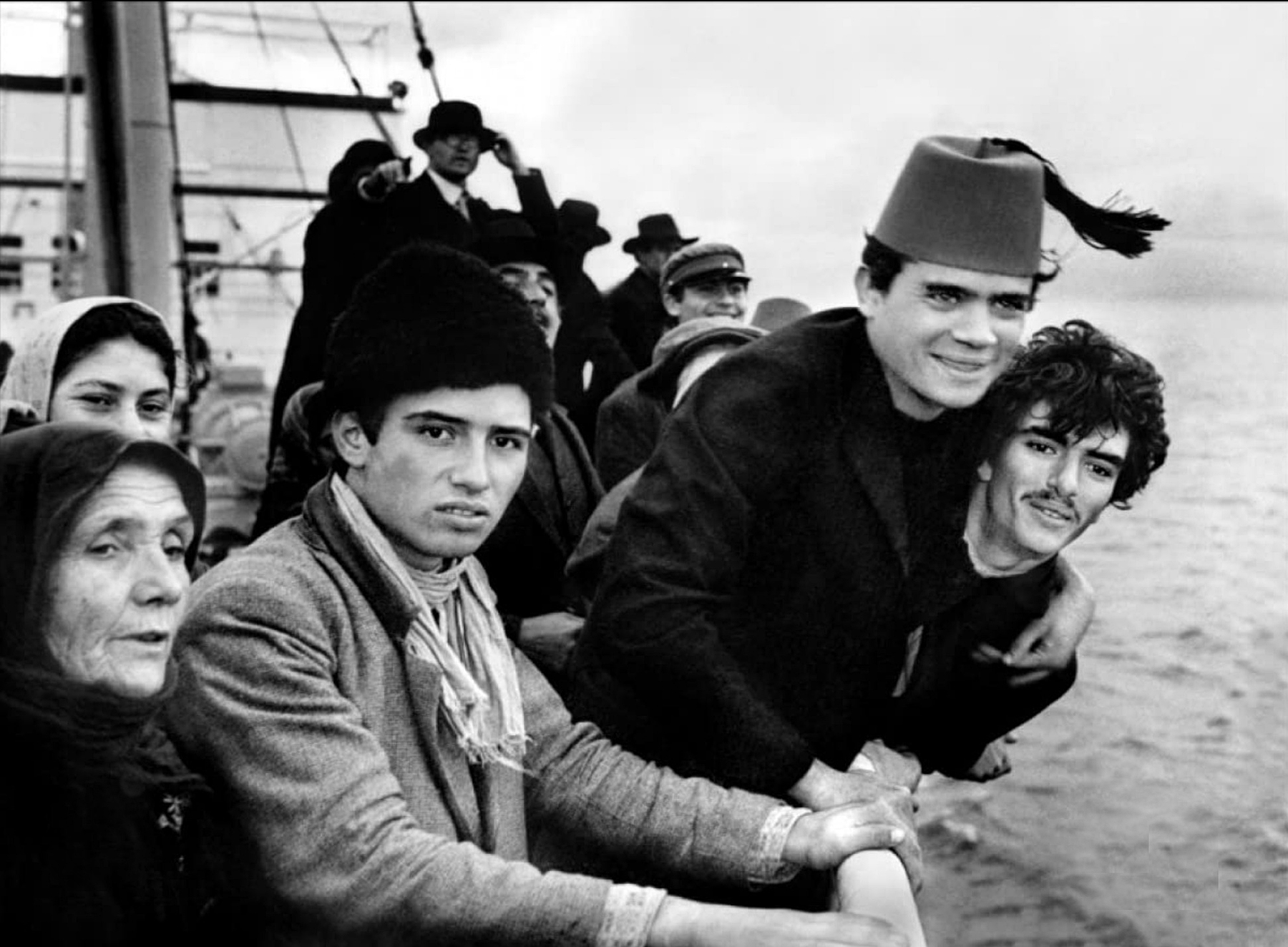
- Industry
Out of the Vaults: “America America”, 1963
Elia Kazan made America America in 1963, his most celebrated work was behind him. He never regained the audiences of his heyday in the ‘40s and ‘50s, and his last few movies had all lost money. Therefore, he had to struggle to find the financing for America America, his most personal film which was based on the story of his Uncle Joe Kazantzoglou who escaped Turkish oppressors in Anatolia and struck out for America in 1896.
Stathis Giallelis. Shooting had already begun in Greece when his producer Ray Stark pulled out, and Kazan had to wait till Warner Bros. stepped in with the money.
Linda Marsh). Stavros will have none of it, preferring to labor as a ‘hamal,’ one of the dockworkers doing back-breaking work, saving his meager wages for a $110 ticket of third-class passage to America, till a prostitute steals his savings and he is beaten up by her pimp’s thugs. He is forced to return to his uncle, defeated.
Martin Scorsese is one filmmaker upon whom the film had a profound influence, enough for him to mention it in his documentary “A Personal Journey with Martin Scorsese Through American Movies.” But in general, critics were not kind and audiences stayed away.
In a long profile on Kazan in the November 9, 1947 issue of the New York Times, staff writer Murray Schumach ended the article this way: “He dreams of making epic films that will portray America and its people; movies that will be shot, not in studios, but in fields, mines, factories. “I want to make folk movies, not folksy movies,” says Kazan. “Odets discovered the Bronx, but no one has discovered America.” Kazan hopes to become the nation’s cinematic Columbus.”
America America was inducted into the National Film Registry of the Library of Congress in 2001 as “culturally, historically or aesthetically significant” and was recommended for restoration.
Warner Bros. used their fine-grain master positive at YCM Laboratories in Burbank to restore it. Supervised by Haskell Wexler, the film’s director of photography, and Ned Price of Warner Bros., new elements created include a duplicate picture negative, a re-recorded track negative from the original mag track, a check print and a release print from the duplicate picture and track negatives.

